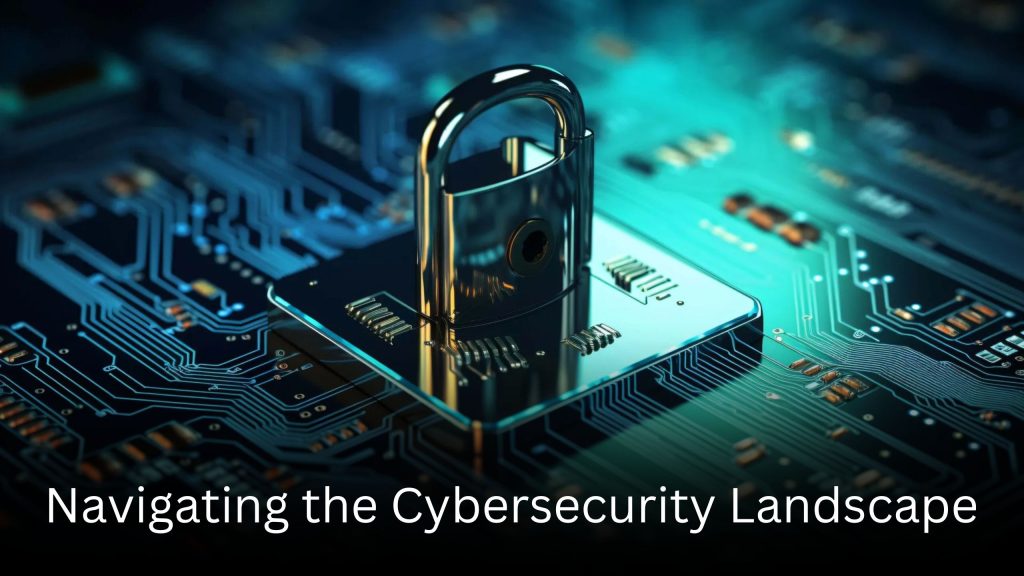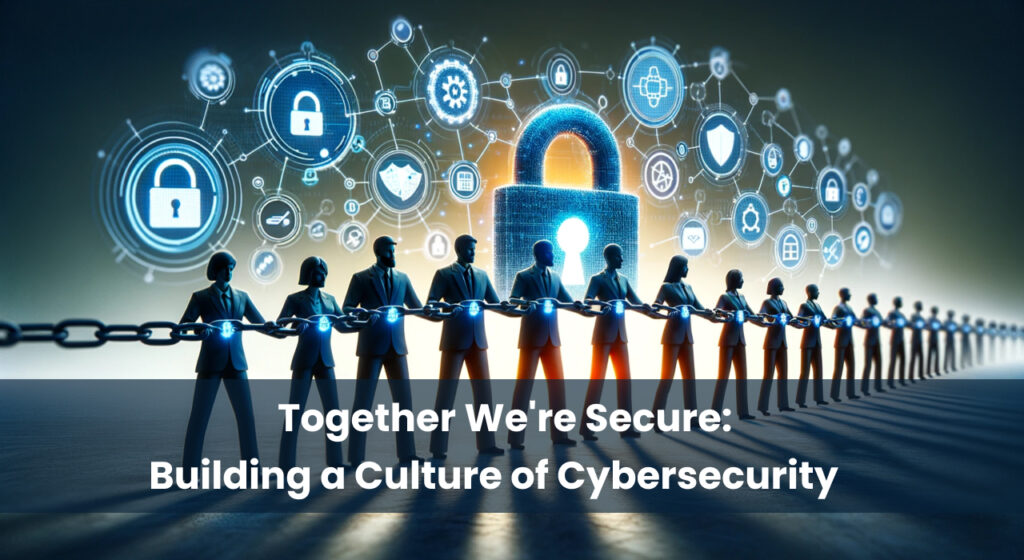
The digital world offers endless opportunities for connection, communication, and innovation. However, this vast online landscape also comes with inherent risks. Cybercriminals are constantly devising new methods to steal data, disrupt operations, and exploit vulnerabilities. To thrive in this environment, it’s crucial to understand cybersecurity best practices and take proactive steps to safeguard your digital assets.
Understanding the Threat Landscape
The first step towards effective defense is understanding the common threats you face. Here are some of the most prevalent cybersecurity threats:
- Malware: Malicious software, including viruses, worms, and ransomware, can infiltrate your devices and steal data, corrupt files, or even render systems unusable.
- Phishing Attacks: Deceptive emails or messages designed to trick you into revealing sensitive information like passwords or credit card details.
- Social Engineering: Manipulation tactics used to gain your trust and access to sensitive data or systems.
- Hacking: Unauthorized attempts to gain access to computer systems or networks.
- Denial-of-Service (DoS) Attacks: Overwhelming a website or server with traffic to render it unavailable to legitimate users.
Building a Robust Defense: Best Practices for Protecting Your Digital Assets

By implementing the following best practices, you can significantly strengthen your cybersecurity posture:
- Strong Passwords & Multi-Factor Authentication (MFA): Use complex, unique passwords for all your online accounts and enable MFA wherever possible. MFA adds an extra layer of security by requiring a second verification step beyond just your password.
- Software Updates: Always keep your operating systems, applications, and firmware updated with the latest security patches. These updates often address newly discovered vulnerabilities that cybercriminals can exploit.
- Antivirus & Anti-Malware Software: Install reputable antivirus and anti-malware software on your devices and keep them up-to-date. These programs can help detect and block malicious software before it can harm your system.
- Beware of Phishing Attempts: Be cautious of unsolicited emails, messages, or website links, especially those urging immediate action or promising enticing rewards. Don’t click on suspicious links or attachments, and verify the sender’s legitimacy before responding.
- Data Backups: Regularly back up your important data to a secure external drive or cloud storage service. This ensures you have a copy of your data in case of a cyberattack or system failure.
- Secure Wi-Fi Connections: Avoid using public Wi-Fi networks for sensitive activities like online banking. If you must use public Wi-Fi, consider using a Virtual Private Network (VPN) to encrypt your internet traffic.
- Social Media Awareness: Be mindful of what information you share on social media platforms. Cybercriminals can use this information to target you with social engineering attacks.
Beyond the Basics: Building a Culture of Cybersecurity

Effective cybersecurity goes beyond individual actions. Here’s how to cultivate a culture of cybersecurity within your organization or household:
- Security Awareness Training: Educate everyone about cybersecurity threats and best practices. Regular training helps everyone stay informed and vigilant.
- Clear Security Policies: Establish clear and comprehensive security policies that outline acceptable online behavior and data handling practices.
- Incident Response Plan: Develop a plan for addressing cyberattacks if they occur. This plan should outline steps for containing the incident, mitigating damage, and recovering data.
By following these best practices and fostering a culture of cybersecurity awareness, you can significantly reduce the risk of falling victim to cyberattacks and safeguard your valuable digital assets. Remember, cybersecurity is an ongoing process, so it’s important to stay informed about evolving threats and adapt your defenses accordingly.

